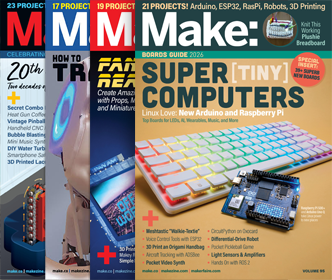Alt.CES: Even Smarter Touch Glove
Maker Shed’s Marc de Vinck sent us this pic from the Isotoner booth where they’re hawking their SmarTouch 2.0 glove “Now with 3rd finger function.” Woot. Why not make your own, use any gloves you like, and enable all the finger functions you like. Here, let Becky show you how…










